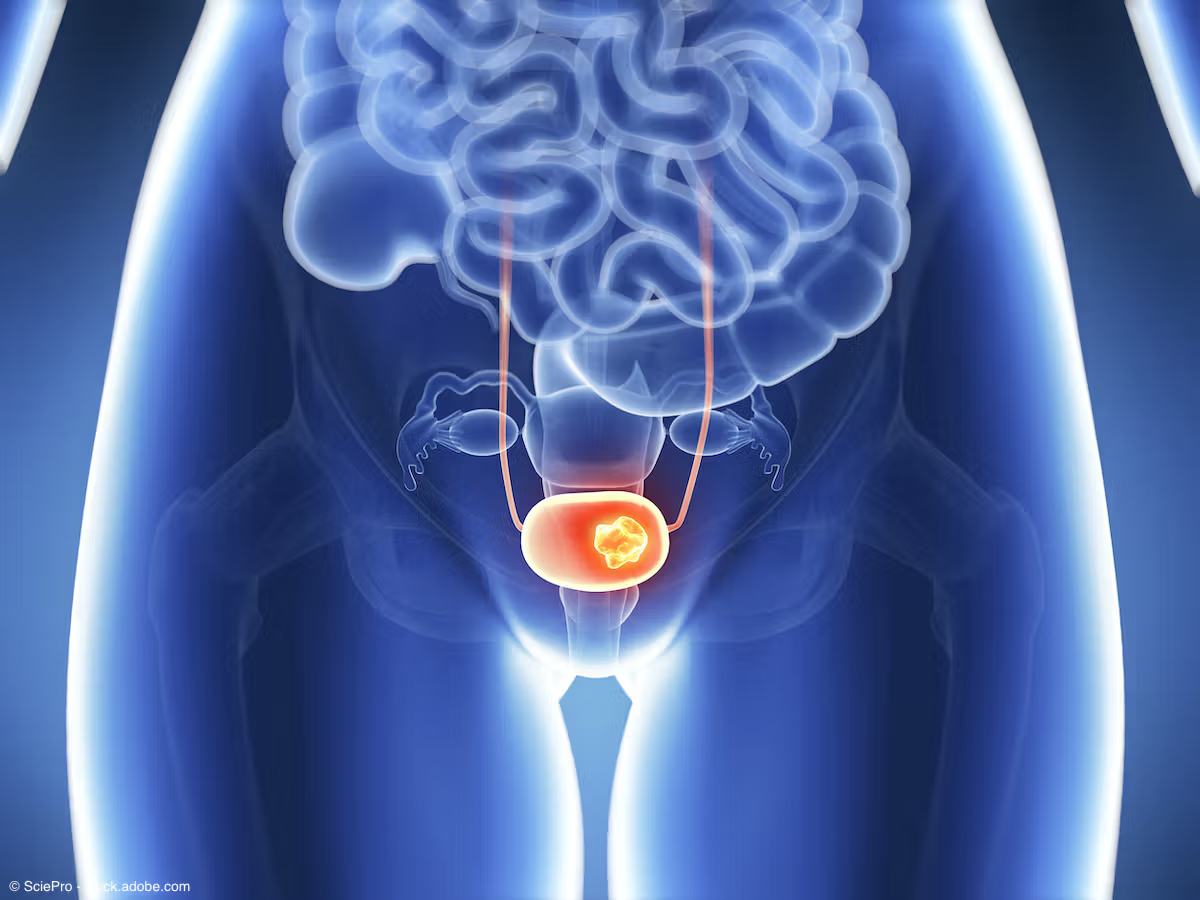Opinion
Video
Sima Porten, MD, on gene-environment interactions in bladder cancer development
Author(s):
Sima P. Porten, MD, MPH, discusses the need to better understand how genetic makeup influences how individuals process environmental toxins.
Firefighters face an increased risk of bladder cancer compared with those in the general population.1 However, the mechanisms by which some firefighters develop bladder cancer and others don’t is not fully understood.
In a recent interview with Urology Times®, Sima P. Porten, MD, MPH, discussed the need to better understand the gene-environment interactions that contribute to bladder cancer development. That is, how genetic makeup informs individual responses to environmental toxins, such as those that firefighters encounter through occupational exposure.
According to Porten, there is some evidence to suggest that some individuals may process these toxins more efficiently, thus lowering their risk of developing bladder cancer. Identifying who processes toxins efficiently, and more importantly, who does not, is an area of ongoing investigation.
“Once we can get a more clear understanding from that, then that might help us in understanding who's really at risk of developing these cancers,” says Porten.
Porten also cited a recent study led by investigators at UTHealth Houston that assessed the urinary proteomes of firefighters before and after responding to an emergency call. The study, which included 10 firefighters, showed differences in pre- and post-exposure samples.2
Specifically, the authors reported, “Using a label-free quantitative proteomics platform, we identified and quantified 1325 unique protein groups, of which 45 proteins showed differential expressions in abundance in response to fire-smoke exposure (post) compared to the control (pre).”
Seven of these proteins were known to be associated with urological cancers.
According to Porten, studies like these will help to inform our understanding of gene-environment interactions in bladder cancer development.
REFERENCES
1. Demers PA, DeMarini DM, Fent KW, et al. Carcinogenicity of occupational exposure as a firefighter. Lancet Oncol. 2022;23(8):985-986. doi:10.1016/S1470-2045(22)00390-4
2. Hwang J, Peng Z, Najar FZ, et al. Urine proteome profile of firefighters with exposure to emergency fire-induced smoke: A pilot study to identify potential carcinogenic effects. Sci Total Environ. 2024:927:172273. doi:10.1016/j.scitotenv.2024.172273

















